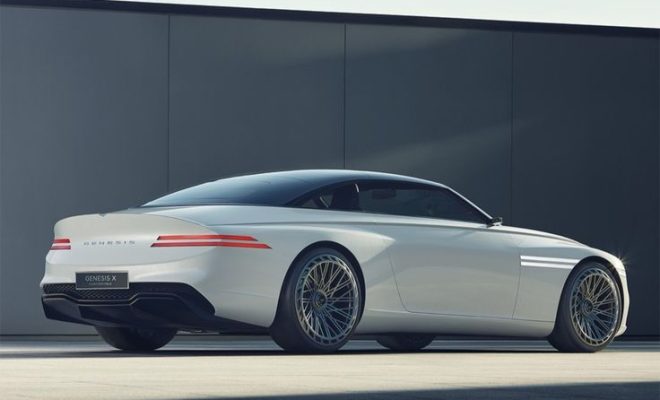USPS Buying Six of EV Startup Canoo’s Pod-Like Delivery Vans

The United States Postal Service (USPS) has announced the acquisition of six electric vehicles from Canoo, an American electric vehicle startup. This purchase is a part of USPS’s initiative to modernize its fleet and move toward more sustainable transportation options.
Canoo’s pod-like delivery vans are futuristic in design, emphasizing spacious interiors and low-load floors to facilitate easy handling of packages. With a fully electric powertrain, these delivery vehicles are not only environmentally friendly, but they also offer reduced maintenance costs and improved efficiency for mail and package delivery services.
The inclusion of Canoo’s electric vehicles into the USPS fleet marks a significant stride in integrating innovative technologies within federal services. The pilot program with these six vans will test their performance in operational conditions, providing valuable data on which USPS can base future decisions on fleet electrification.
With increasing pressure on federal entities to reduce carbon emissions and operate more sustainably, USPS’s partnership with Canoo illustrates the potential transformations coming to delivery services across the country. If successful, this small-scale introduction could pave the way for a larger roll-out of electric delivery vehicles within USPS, contributing to national efforts toward greener transportation systems.
This move aligns with trends seen worldwide as postal and delivery services explore electric options in a bid to keep up with rising e-commerce demands while minimizing environmental impact. Canoo’s unique design and dedication to eco-friendly vehicles stand out in an emerging market bustling with competition.
As an early adopter of such technology among federal agencies, USPS is setting an example of innovation and environmental responsibility that other sectors may soon follow. The outcome of this pilot program is anxiously anticipated by industry experts, as it may signal more profound changes in how postal services operate in the future.

